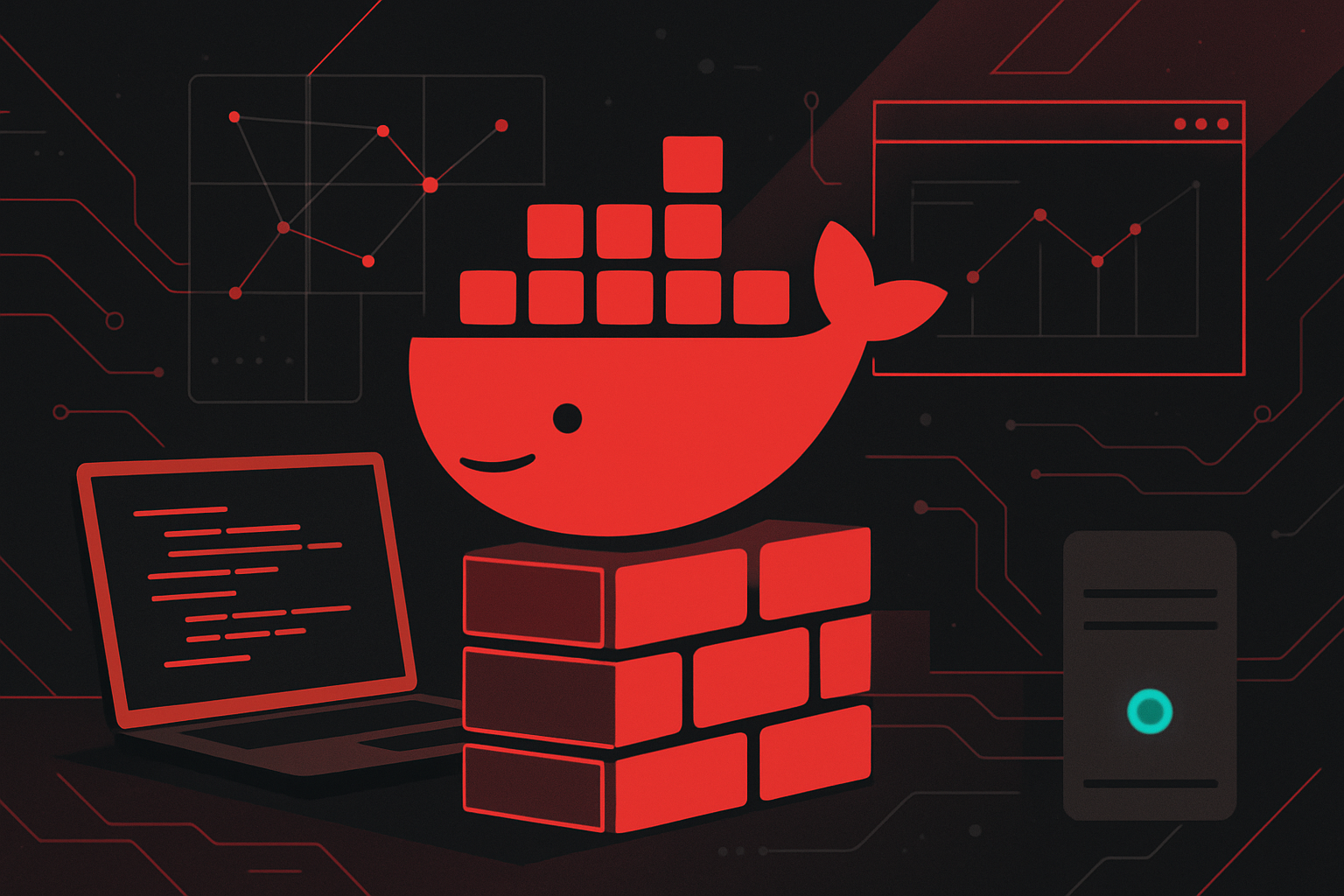Exploring the Future of AutoML for Small Businesses

The Future of AutoML for Small Businesses
Understanding AutoML
AutoML, or Automated Machine Learning, refers to the process of automating the end-to-end process of applying machine learning to real-world problems. This includes everything from data pre-processing, feature engineering, model selection, to hyperparameter tuning. For small businesses, leveraging AutoML can level the playing field by providing access to advanced analytics without requiring a team of data scientists.
Benefits of AutoML for Small Businesses
- Cost-Effectiveness: AutoML reduces the need for in-house data science expertise, lowering the cost barrier for small businesses.
- Time Efficiency: Automating model development accelerates the time from data collection to actionable insights.
- Scalability: AutoML tools can easily scale as the business grows, adapting to increased data volumes and complexity.
Key AutoML Platforms
| Platform | Features | Pricing Model |
|---|---|---|
| Google AutoML | Custom model training, vision, NLP | Pay-as-you-go |
| H2O.ai | Open-source, wide algorithm support | Free and Enterprise versions |
| DataRobot | Automated model building, deployment tools | Subscription-based |
| Microsoft Azure ML | Visual interface, integration with Azure services | Pay-as-you-go |
Technical Exploration of AutoML
Automated Data Pre-processing
AutoML platforms provide automated data cleaning and transformation capabilities. For instance, Google’s AutoML handles missing values, categorical encoding, and normalization without manual intervention. Here’s a simple example using Python with an open-source library like H2O.ai:
import h2o
from h2o.automl import H2OAutoML
h2o.init()
# Load dataset
data = h2o.import_file("data.csv")
# Split data into train and test sets
train, test = data.split_frame(ratios=[.8])
# Set the target and feature columns
x = train.columns
y = "target"
x.remove(y)
# Initialize and train AutoML
aml = H2OAutoML(max_models=20, seed=1)
aml.train(x=x, y=y, training_frame=train)
# View the leaderboard
lb = aml.leaderboard
lb.head(rows=lb.nrows)
Feature Engineering and Selection
AutoML automates feature engineering by evaluating combinations of features and selecting the most impactful ones. DataRobot, for instance, uses advanced techniques to create synthetic features and ranks them based on predictive power.
Model Selection and Hyperparameter Tuning
AutoML tools evaluate multiple algorithms and optimize hyperparameters using techniques like grid search and random search. This automation is exemplified by DataRobot, which leverages ensemble methods to improve model accuracy.
Deployment and Monitoring
AutoML platforms like Azure ML offer seamless model deployment and monitoring capabilities. Models can be deployed with a few clicks, and performance metrics are tracked in real-time.
Practical Use Cases
Customer Segmentation
Small businesses can use AutoML for customer segmentation, identifying distinct groups within their customer base to tailor marketing efforts.
Sales Forecasting
AutoML can enhance sales forecasting accuracy by analyzing historical sales data and external factors, enabling better inventory management and strategic planning.
Sentiment Analysis
Using AutoML for sentiment analysis on customer feedback helps businesses rapidly assess public opinion and adjust their strategies accordingly.
Step-by-Step Deployment Example
Let’s consider a simple deployment using Google AutoML:
-
Data Preparation: Prepare your dataset in CSV format with labeled target outcomes.
-
Upload Data: Use Google Cloud Storage to upload your dataset.
-
Create Dataset: In AutoML, create a new dataset and import your data from Google Cloud Storage.
-
Model Training: Set the target column and start the training process. AutoML will handle feature engineering and model selection.
-
Evaluate Model: Once training completes, evaluate the model’s performance using the provided metrics.
-
Deploy Model: Deploy the model to Google Cloud, making it accessible via an API endpoint for integration with business applications.
Challenges and Considerations
- Data Quality: AutoML’s effectiveness heavily depends on the quality of input data.
- Interpretability: Models produced by AutoML might be complex, making interpretability a challenge.
- Customization: While AutoML covers a wide range of problems, highly specific business needs might require custom solutions.
Conclusion
By adopting AutoML, small businesses can harness the power of machine learning with minimal investment, driving innovation and gaining a competitive edge. As technology evolves, AutoML will continue to democratize data science, making advanced analytics accessible to all.





0 thoughts on “Exploring the Future of AutoML for Small Businesses”